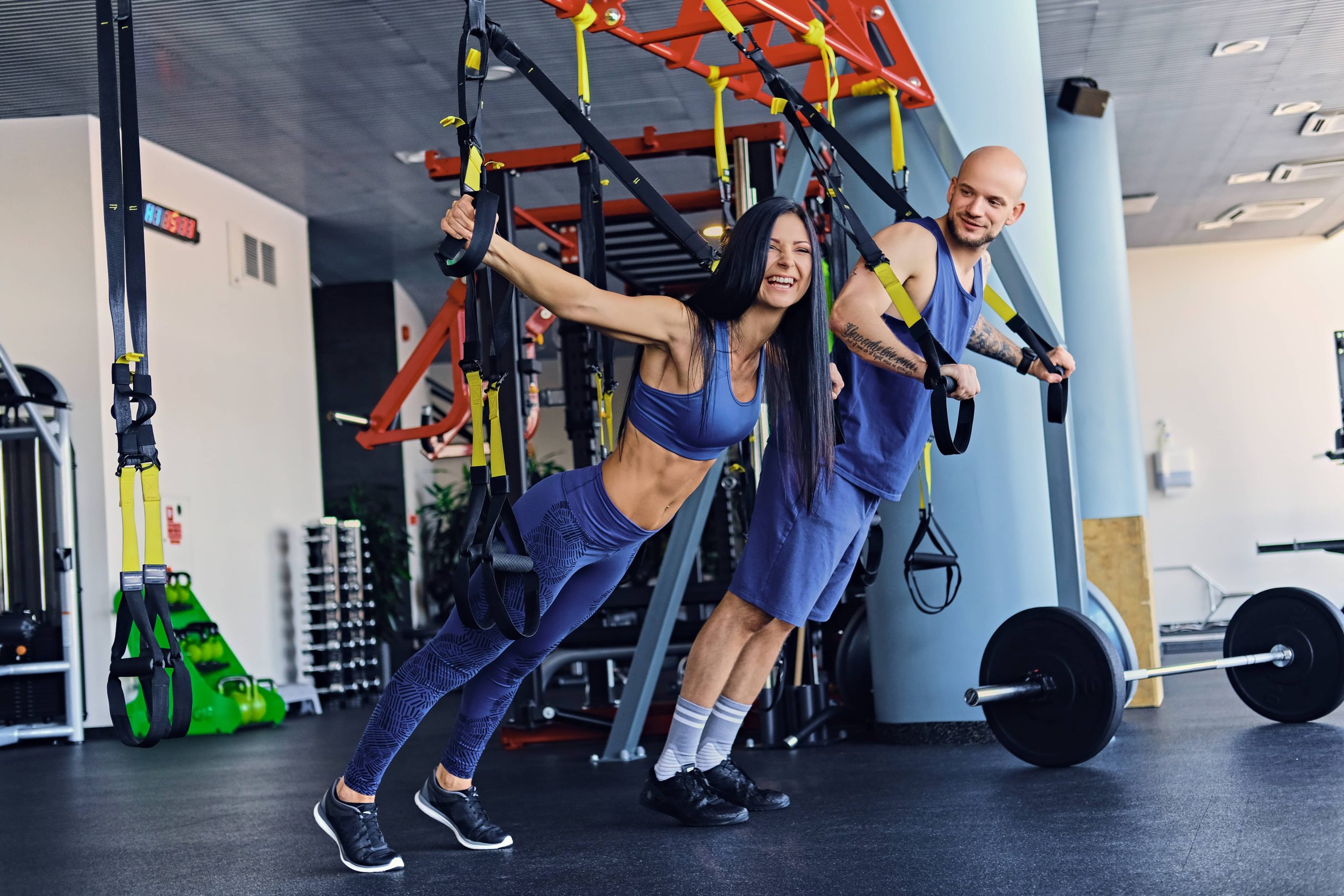
In recent years, the fitness industry has experienced a significant transformation. What was once a domain dominated by a narrow representation of body types, ethnicities, and abilities is now evolving into a more inclusive and diverse space. This shift is not just a trend but a necessary evolution that reflects the broader societal changes towards embracing diversity and inclusion. In this blog post, we will explore why diversity and inclusion are crucial in the fitness industry and how they can lead to a more equitable and effective environment for everyone.
Understanding Diversity and Inclusion
Before delving into the specifics of the fitness industry, it’s essential to understand what diversity and inclusion mean. Diversity refers to the presence of differences within a given setting, including race, gender, age, sexual orientation, disability, and more. Inclusion, on the other hand, is about creating an environment where all individuals feel welcomed, respected, and valued, allowing them to participate fully.
The Current State of the Fitness Industry
The fitness industry has traditionally been perceived as exclusive, often catering to a specific demographic—typically young, able-bodied, and predominantly white individuals. This perception has been perpetuated by media representations, marketing strategies, and even the design of fitness facilities. However, this narrow focus has alienated many potential participants who do not see themselves represented or welcomed in these spaces.
Why Diversity and Inclusion Matter
1. Broader Reach and Accessibility
By embracing diversity, fitness businesses can reach a wider audience. When people see themselves represented in marketing materials, gym staff, and fitness programs, they are more likely to feel that the space is welcoming and accessible to them. This can lead to increased membership and participation from a broader demographic.
2. Improved Health Outcomes
A diverse and inclusive fitness environment can lead to better health outcomes for all. Different groups have unique health challenges and needs. By understanding and addressing these needs, fitness professionals can create programs that are more effective and beneficial for everyone. For example, offering classes that cater to different age groups, abilities, or cultural preferences can help more people engage in physical activity.
3. Innovation and Creativity
Diversity brings a variety of perspectives and ideas, which can lead to innovation and creativity in the fitness industry. By incorporating different viewpoints, fitness businesses can develop new programs, services, and products that cater to a wider range of needs and preferences. This can set them apart from competitors and drive growth.
4. Social Responsibility and Ethical Practice
Embracing diversity and inclusion is not just good for business; it’s the right thing to do. The fitness industry has a responsibility to promote health and well-being for all individuals, regardless of their background. By fostering an inclusive environment, fitness businesses can contribute to a more equitable society.
Challenges to Achieving Diversity and Inclusion
Despite the clear benefits, achieving diversity and inclusion in the fitness industry is not without its challenges. These include:
– Implicit Bias and Stereotypes: Many fitness professionals may hold unconscious biases that affect their interactions with clients and colleagues. Training and education are essential to address these biases and promote a more inclusive culture.
– Lack of Representation: There is still a lack of diversity among fitness professionals, particularly in leadership roles. This can perpetuate a cycle of exclusion and limit the industry’s ability to connect with diverse communities.
– Accessibility Issues: Many fitness facilities are not designed with accessibility in mind, making it difficult for individuals with disabilities to participate. Addressing these physical barriers is crucial for creating an inclusive environment.
Steps Towards a More Inclusive Fitness Industry
1. Diverse Hiring Practices
Fitness businesses should prioritize diverse hiring practices to ensure that their staff reflects the communities they serve. This includes recruiting individuals from different backgrounds and providing opportunities for advancement.
2. Inclusive Marketing and Communication
Marketing materials should reflect the diversity of the community and avoid perpetuating stereotypes. This includes using inclusive language and imagery that represents a wide range of individuals.
3. Cultural Competency Training
Providing cultural competency training for staff can help them understand and respect the diverse needs of clients. This training should cover topics such as implicit bias, cultural sensitivity, and inclusive communication.
4. Accessible Facilities and Programs
Fitness facilities should be designed to accommodate individuals with disabilities, and programs should be tailored to meet the needs of diverse groups. This includes offering classes at different times, providing adaptive equipment, and creating a welcoming environment for all.
5. Community Engagement
Engaging with the community is essential for understanding their needs and building trust. Fitness businesses should actively seek feedback from diverse groups and involve them in decision-making processes.
Conclusion
Diversity and inclusion are not just buzzwords; they are essential components of a thriving fitness industry. By embracing these principles, fitness businesses can create a more welcoming and effective environment for everyone. This not only benefits individuals but also contributes to a healthier, more equitable society. As the fitness industry continues to evolve, it is crucial that we prioritize diversity and inclusion to ensure that everyone has the opportunity to lead a healthy and active life.











